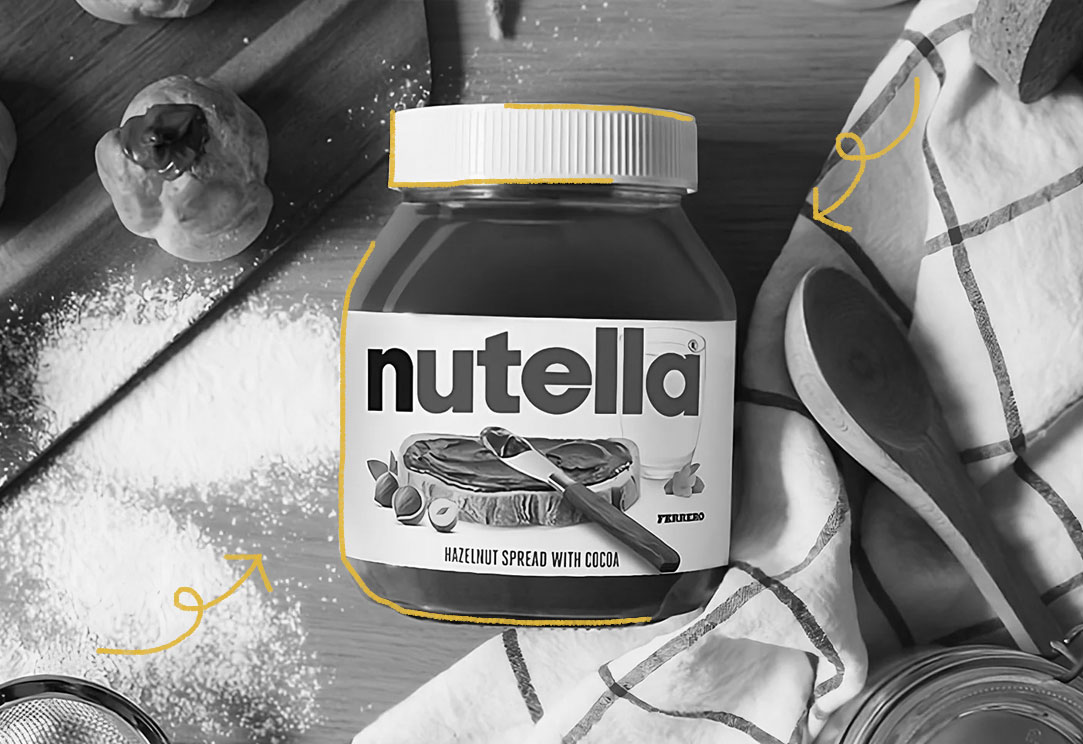Turin, Italy was considered the chocolate capital of Europe around the turn of the 19th century. However, when Napoleon Bonaparte enacted his Continental System, a blockade that halted all trade between Britain and any parts of Europe where Napoleon had influence, Turin (along with the rest of the territories that would soon become unified into Italy) was cut off from its supply of cocoa from Mesoamerica. The popular tale goes that Turin's chocolatiers turned to Piedmont’s abundant hazelnut trees as a solution. They discovered that hazelnuts took on the texture of cocoa powder when ground up and used them to stretch their dwindling cocoa supply, thus saving an entire local industry and creating the first chocolate-hazelnut spread in the process (called gianduia or gianduja). However, some historians refute this version of the story on the grounds that Turin’s chocolatiers would not have had the technology to grind enough hazelnuts to make gianduia on a large scale. Some historians even argue that since Turin was under the influence of France at the time, the combination of chocolate and hazelnuts may actually trace back to France, not Turin, and they contend that gianduia gradually became popular in the region over time rather than all at once as a last-ditch effort to save a local industry. One thing we do know for sure is that the chocolate-hazelnut spread got its name during the 1865 Turin Carnevale, which took place just four years after Italy’s official unification. During Risorgimento, the messy process of the various city-states becoming unified into Italy, the patriotic character of Gianduia (a wine-guzzling, tricorn-hat-wearing, womanizing peasant) emerged as a sort of mascot for the Piedmont region. During Carnevale, chocolate-hazelnut candies that resembled Gianduia’s tricorn hat were distributed and soon after, the candies took on the name gianduiotti. This cemented chocolate-hazelnut sweets as distinctly Turinese and, more broadly, Italian. During World War II, Turin’s chocolatiers once again faced a limited supply of cocoa. In 1946, Piedmontese pastry chef Pietro Ferrero created a thick paste using hazelnuts, sugar, and the small amount of cocoa available to him. He shaped the paste into a loaf and called his creation “Gandujot.” It was so thick that it had to be cut with a knife and was too expensive for most people to afford. Then in 1951, Ferrero created a spreadable version called La Supercrema. A small amount went a long way, making it affordable for the first time. It was ultimately this creation that helped chocolate become more of an everyday indulgence rather than something reserved for very special occasions like Christmas and Easter. Then in 1961, Ferrero's son, Michele, adjusted the recipe by adding palm oil and scaling it up for mass production. At this point, the spread was renamed to Nutella. It quickly became a popular breakfast staple across Europe and was introduced first to Asia, and then the United States in the early 1980s. Today, Nutella is one of the most well-known and popular spreads with many avid fans all over the world.

Your go-to guide for weird history facts
Subscribe to the FREE daily email that makes learning about history fun.


